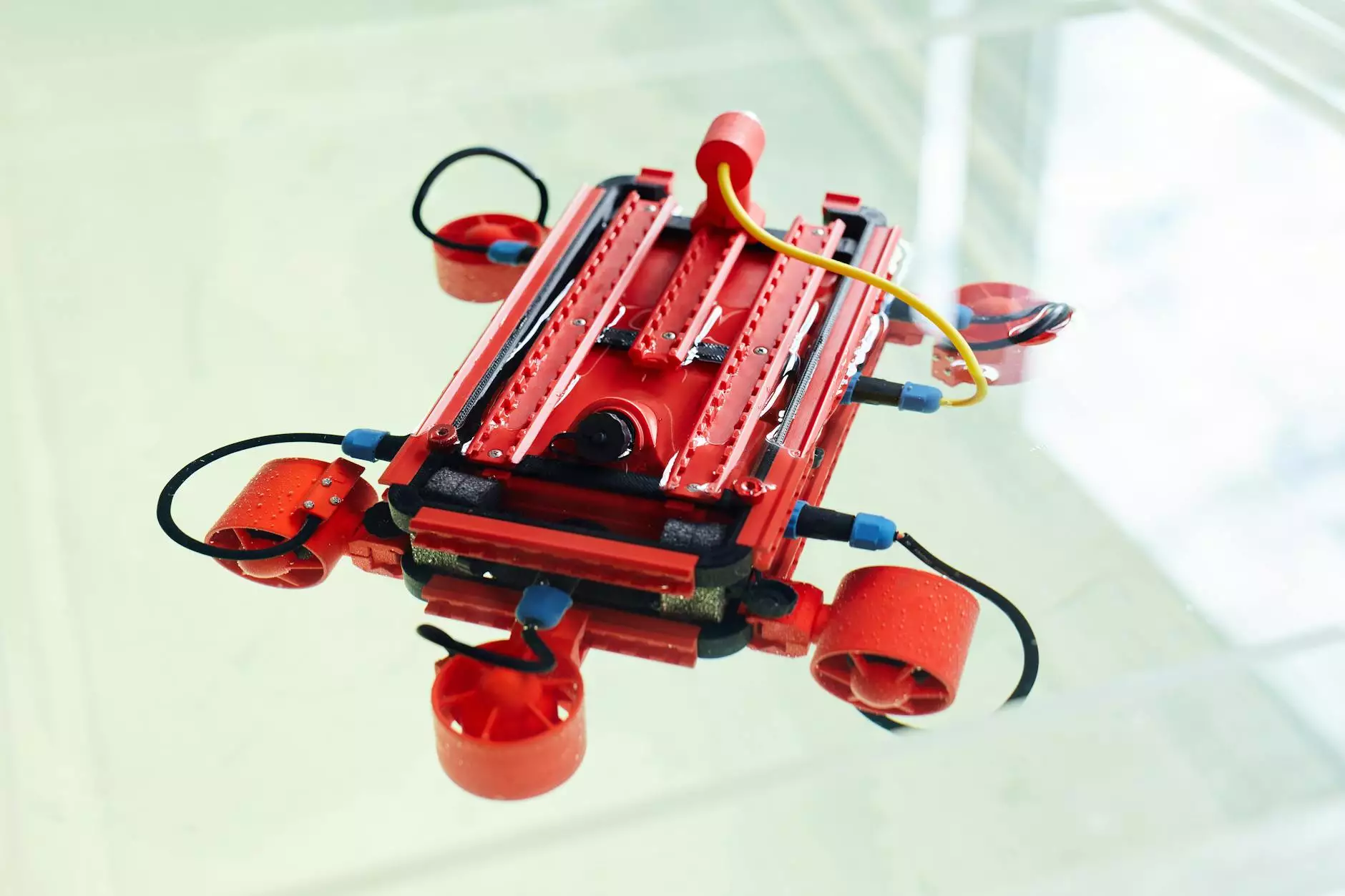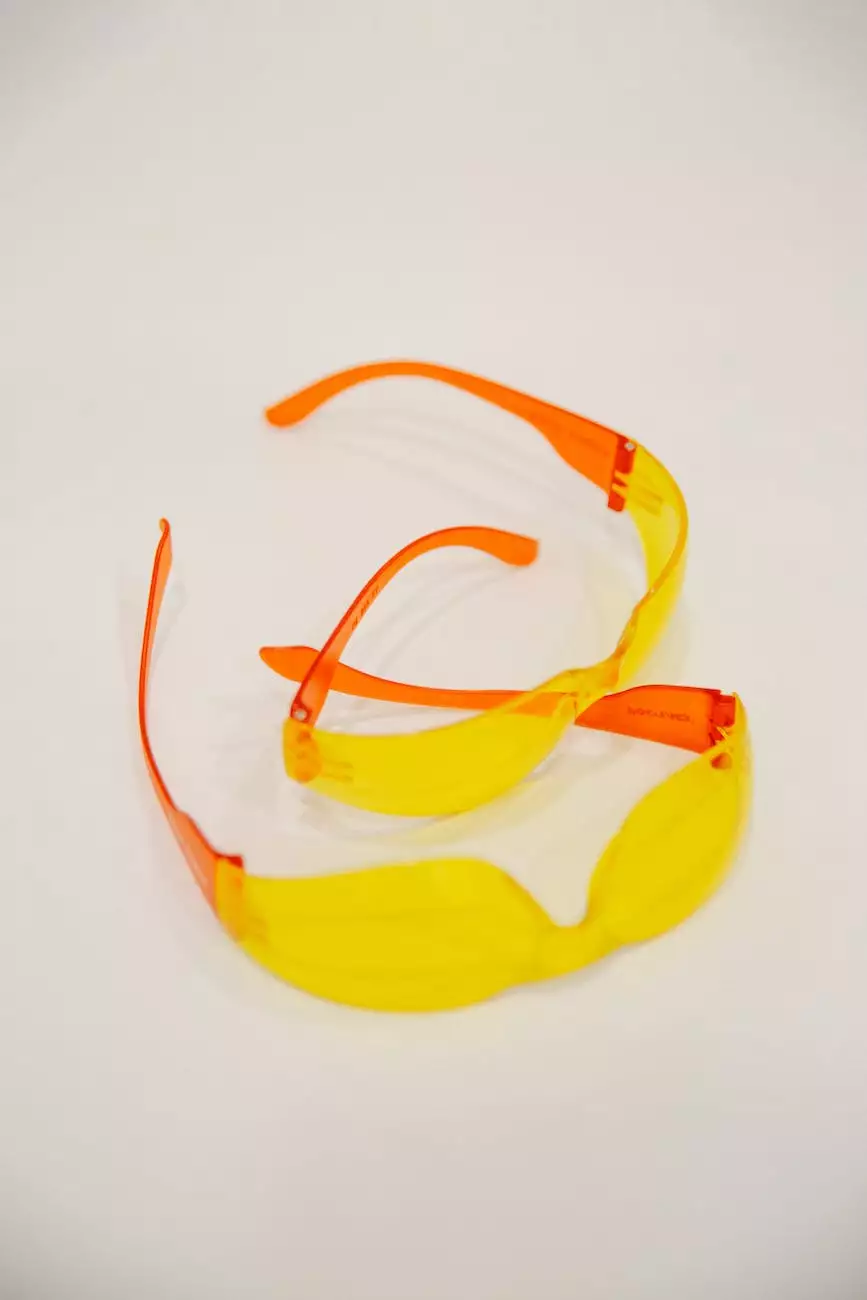7 Facts About 3D Printing You Didn't Know
Blog
Introduction
Welcome to Computerocity's comprehensive guide on 3D printing. In this article, we will explore seven intriguing facts about 3D printing that you may not be aware of. From its origins to its cutting-edge applications, we will delve into the world of 3D printing and reveal fascinating insights. Let's jump right in!
Fact 1: The Origins of 3D Printing
Did you know that 3D printing technology has been around since the 1980s? Although it gained mainstream popularity in recent years, 3D printing, also known as additive manufacturing, was initially developed for rapid prototyping in the manufacturing industry. It has since evolved to encompass a wide range of fields, revolutionizing the way we create objects.
Fact 2: How 3D Printing Works
At its core, 3D printing involves the layer-by-layer addition of materials to create three-dimensional objects from digital models. Whether it's using filament-based extrusion, light-based curing, or powder fusion, the process follows a similar principle. The ability to transform virtual designs into physical objects has opened up endless possibilities in various industries.
Fact 3: Materials Beyond Plastic
Contrary to popular belief, 3D printing is not limited to plastic materials. While plastic filaments like PLA and ABS remain popular choices, advancements in technology have introduced a wide array of materials. From metals and ceramics to composites and even food, the options for 3D printing materials continue to expand, allowing for greater versatility in application.
Fact 4: 3D Printing in Healthcare
One of the most exciting applications of 3D printing is in the field of healthcare. Medical professionals are increasingly using 3D printing to create patient-specific implants, prosthetics, and surgical models. The ability to customize and tailor solutions to individuals has resulted in improved outcomes and enhanced patient care. From dental crowns to organ transplants, 3D printing is transforming the healthcare landscape.
Fact 5: Sustainability and 3D Printing
Embracing 3D printing can contribute to a more sustainable future. Traditional manufacturing processes often generate significant waste, whereas 3D printing enables precise material usage and reduces the production of excess inventory. Additionally, the ability to repair, customize, and create products on-demand reduces the overall environmental impact. By adopting 3D printing, individuals and businesses can play a role in promoting eco-friendly practices.
Fact 6: Challenges and Limitations
While 3D printing offers tremendous potential, it also faces certain challenges and limitations. Printing large objects can be time-consuming, and achieving intricate details may require specialized equipment. The cost of high-quality 3D printers and materials can also be a barrier for some. However, as technology progresses, these limitations are continuously being addressed, making 3D printing more accessible and efficient.
Fact 7: 3D Printing in Education
3D printing has become an invaluable tool in educational settings. By integrating 3D printers into classrooms, students can bring their designs to life and gain hands-on experience in engineering, design, and problem-solving. This technology fosters creativity and critical thinking skills while preparing the next generation for a future where 3D printing will play an increasingly prominent role.
Conclusion
There you have it - seven fascinating facts about 3D printing that you may not have known before. From its origins in rapid prototyping to its transformative applications in healthcare and education, 3D printing continues to amaze and inspire. At Computerocity, we are dedicated to keeping you updated on the latest advancements in the world of computers, electronics, and technology. Stay tuned for more exciting discoveries in this rapidly evolving field!




